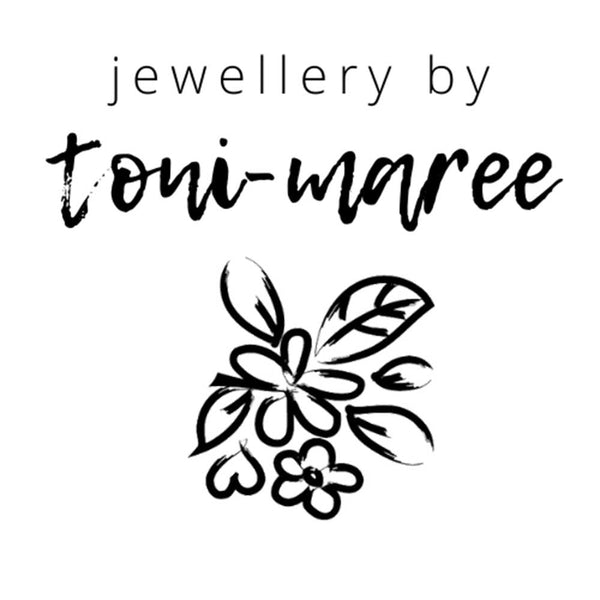The pressure to conform: Art education's struggle with beauty and conceptual depth
The first day of any journey sets the tone for what's to come. For many budding artists entering art college, this day is filled with a mix of anticipation and excitement. Yet, some might recall a disheartening moment — like when a teacher pronounces, "If you're here to paint pictures of flowers, you're in the wrong place." Such statements, although perhaps meant to push boundaries, can inadvertently frame a narrative that positions beauty against conceptual depth, when, in reality, the two can seamlessly coexist.
The root of conformity in art colleges
- Historical paradigms: The modern and postmodern movements championed a departure from classical forms, emphasizing the value of innovation. While this brought about fresh perspectives, it inadvertently suggested that traditional or 'beautiful' artworks were superficial or less valuable.
- Institutionalised biases: Over time, many art colleges have cultivated an atmosphere where there's a perceived divide between beauty and conceptual depth. This perception often overlooks the rich tapestry of works that embody both aesthetic allure and profound meaning.
- Peer and educator expectations: Comments like the one about painting flowers exemplify preconceived notions held by some educators. When paired with peer pressures, students might feel trapped in a web of expectations, pushing them towards a narrowly defined 'acceptable' style.

Image by Jewellery by Toni-Maree
Still life chair, 2021. Oil on canvas panel. 30 x 40 cm.
Implications for student creativity
- Loss of authentic voice: Art is an intimate expression of the artist's soul. When students feel pressured to forsake their natural inclinations to conform, they risk alienating themselves from their true artistic spirit.
- Emotional and creative fatigue: Continual adaptation to external expectations can lead to burnout. The joy of creation can be overshadowed by anxiety and self-doubt.
- Narrow exploration spectrum: By not acknowledging the potential confluence of beauty and conceptual depth, like in the depiction of flowers, institutions might inadvertently limit the themes and techniques students explore, depriving them of a holistic art education.

Image by Jewellery by Toni-Maree
Bubble wrapped still life, 2021. Water colour and acrylic on 300 gsm paper. 29.7 x 21 cm.
Addressing the issue
- Redefining academic standards: Institutions should refresh their evaluation criteria, acknowledging that artworks can be both visually stunning and conceptually deep. A diverse appreciation fosters a more enriched learning environment.
- Creating safe spaces for dialogue: Open conversations can bridge misunderstandings. When educators take the time to understand a student's artistic choices, it can lead to mutual respect and growth.
- Showcasing diverse works: Actively promoting a range of works that exemplify the harmony of beauty and conceptual depth can serve as inspiration. Students should see that art isn't a binary field but a spectrum of expressions.

Image by Jewellery by Toni-Maree
Backyard dreaming, 2021. Acrylic on aluminum panel. 61 x 46 cm.
Closing thoughts
Art is a reflection of the myriad facets of human experience. In our quest for innovation and conceptual depth, we mustn't forget the intrinsic value of beauty. Art colleges, as pillars of artistic learning, should champion the idea that beauty and conceptual depth aren't adversaries but allies. By doing so, they can ensure a more inclusive, enriching, and authentic artistic journey for all students.
